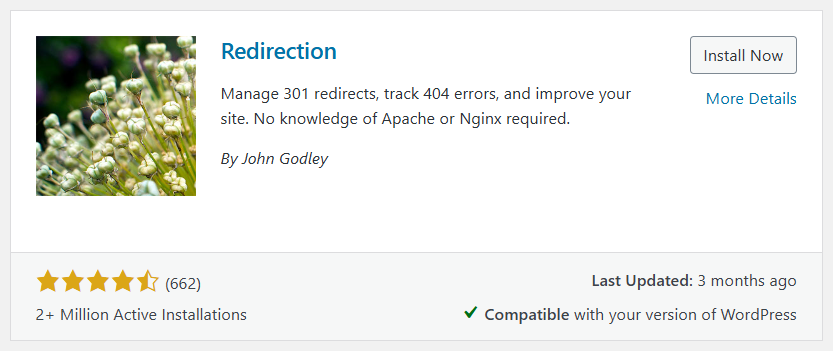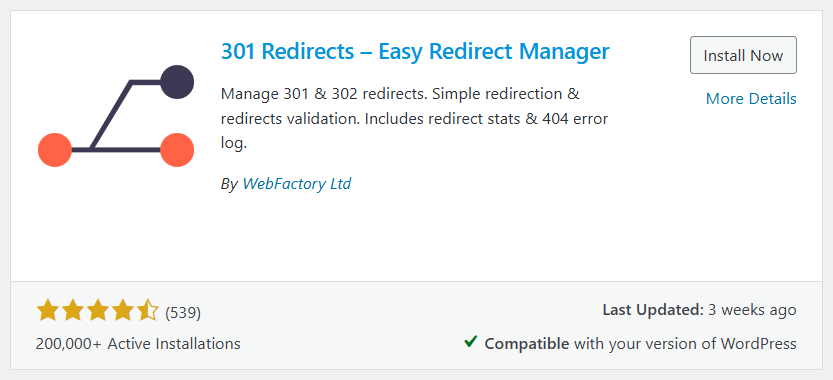Redirecting web pages is a crucial aspect of website management, whether you’re updating your site, consolidating content, or addressing broken links. Redirects ensure that users and search engines find the correct pages, which enhances user experience and maintains SEO value. In WordPress, there are several methods to achieve this, including using WordPress plugins like or by manually editing the .htaccess file directly. Each can have its own advantages and considerations.
Understanding Redirects
Redirects are instructions that tell web browsers and search engines where to go when a requested page has been moved or removed. This ensures that visitors don’t encounter broken links and helps maintain your site’s SEO rankings by transferring the value from the old page to the new one. Redirects come in various types, with 301 (permanent) and 302 (temporary) being the most commonly used. A 301 redirect permanently guides users and search engines to a new location, while a 302 redirect indicates that the change is temporary.
Using Plugins:
For WordPress users, plugins offer a user-friendly way to manage redirects without needing to dive into code.
Redirection is one of the most popular redirect management plugins available. It provides an easy user-interface for creating and managing redirects. After installing and activating Redirection, you can easily set up redirects by specifying the old URL and the new destination. The plugin also offers features like tracking 404 errors and conditional redirects based on specific criteria, making it a robust tool for managing your site’s redirects efficiently.

301 Redirects – Easy Redirect Manager is another popular redirection plugin. The user interface is intuitive, allowing you to quickly enter the source URL and destination URL. This plugin is particularly useful for those who prefer a more streamlined approach without additional features.

Pros of using plugins include their ease of use, additional functionality like error tracking, and no need for manual code editing. However, relying on plugins can sometimes introduce performance overhead or compatibility issues with other plugins.
Editing the htaccess File
For those comfortable with direct file editing, modifying the .htaccess file is another effective method for setting up redirects. This file, located in the root directory of your WordPress installation, can be used to create 301 or 302 redirects by adding specific lines of code.
To set up a 301 redirect via .htaccess, you would add a line like:
Redirect 301 /old-page /new-page
Similarly, for a 302 redirect:
Redirect 302 /temporary-page /temporary-new-page
Editing the .htaccess file gives you direct control over redirects and can be more performant since it doesn’t involve plugin overhead. However, this method requires using a file manager to edit files and a basic understanding of server configurations. It can also be risky if mistakes are made, potentially causing site issues.
Choosing the Right Method
The choice between using a plugin or editing .htaccess largely depends on your comfort level with technical tasks and the complexity of your redirect needs. Plugins are ideal for those seeking a user-friendly solution with additional features, while direct .htaccess modifications offer more control for those familiar with file or server configurations.
Redirecting pages on WordPress is essential for maintaining a seamless user experience and preserving SEO value. Whether you choose a plugin like Redirection or 301 Redirects, or prefer the hands-on approach of editing .htaccess, understanding the pros and cons of each method will help you make the best choice for managing your site’s redirects.
